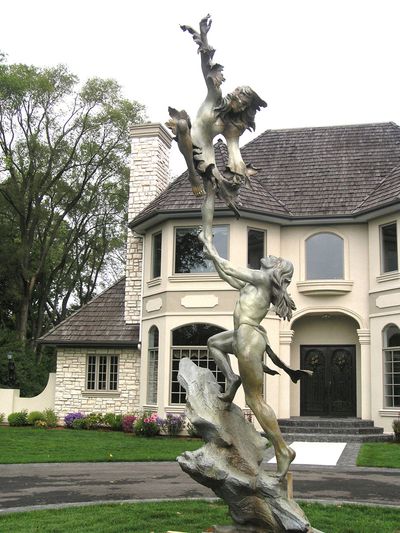Council questions paving priorities
$2.8 million in work planned for streets

The Spokane Valley City Council on Tuesday dove into the list of proposed projects to be completed this year with the $2.8 million the city has set aside for street preservation, questioning why some projects were selected over others and why some projects were given to Poe Asphalt without going out to bid.
The projects assigned to Poe are being completed under Poe’s contract with the city for street maintenance, said City Manager Mike Jackson. By giving several projects to Poe, they can be done quickly, he said.
Senior capital projects engineer Steve Worley suggested bundling the other projects into two bids. It will allow city staff to monitor prices and make sure they don’t go over budget as well as spread the projects around to different contractors, Worley said. Phase 1 was scheduled to go out to bid Friday, and staff would like to evaluate the responses before moving forward with bidding for Phase 2. “We want to be able to see how those turn out,” Worley said.
Councilman Chuck Hafner questioned why no residential streets were included on the list. Worley replied it was the staff’s understanding that the council wanted to give the priority to arterial streets. “Obviously, there are more street preservation needs than there are funds available,” he said.
Worley said he would like the council’s permission to remove the 32nd Avenue repairs from the Phase 2 bid and replace it with Sprague Avenue from Park Road to the Interstate 90 interchange. Temporary repairs made to 32nd Avenue seem to be holding, while Sprague has deteriorated rapidly, Worley said. It also makes sense to do that stretch of Sprague at the same time the city does a stormwater swale project there, hopefully later this year, he said.
Councilman Dean Grafos said he favored doing all of Sprague from Argonne west to the city limits. “That road looks a heck of a lot worse than 32nd,” he said.
Worley said the city expects the Spokane Regional Transportation Council to put out a call for projects for federal grants in July; additional sections of Sprague could be funded through those grants because projects on larger, higher volume arterials are favored. “We’re trying to spread the money around,” Worley said. “We didn’t anticipate that we would focus on one street.”
The section of Sprague from Park to the freeway is cheaper to resurface than the rest of Sprague because the curbs are being moved in at least 8 feet to accommodate stormwater swales on the side of the road, Worley said. Sprague east of Park Road is much wider and would be a lot more expensive to resurface, he said.
Councilman Ben Wick said the decision on which streets should be improved first should rest with the city engineers, who are out on the streets every day. He recommended moving forward with Worley’s plan.
Councilman Arne Woodard said the council could take another look at Sprague before deciding how to include it in the Phase 2 package. “I don’t see why Phase 1 doesn’t move forward,” he said.
The city won’t get favorable bids from contractors if it waits much longer, said Councilman Gary Schimmels. “This is the start of the paving season,” he said. “They don’t have much work. The longer you put work off, the higher the price is going to be.”
The council agreed to move forward with the Phase 1 projects as proposed and wait for more information on the Sprague improvements before deciding on Phase 2.
In other business, Colville sculptor Jerry McKellar unveiled a small replica of a larger-than-life statue called “The Dance of the Sun and the Moon” that the Spokane Valley Arts Council plans to donate to the city for installation in a new city entry at Appleway Boulevard and Thierman Road. The bronze statue stands more than 16 feet high and features a Native American woman balanced on one leg, her foot supported by the cupped hands of a Native American man.
“This is my interpretation of an Indian legend,” McKellar said. The sun and the moon only see each other briefly, but have a deep love for each other. The statue is meant to represent the theme of enduring relationships, he said.
McKellar also created “Working the Line,” the bronze mountain man located near CenterPlace and donated to the city by the arts council.
McKellar said he expects to have the statue complete sometime in 2013.